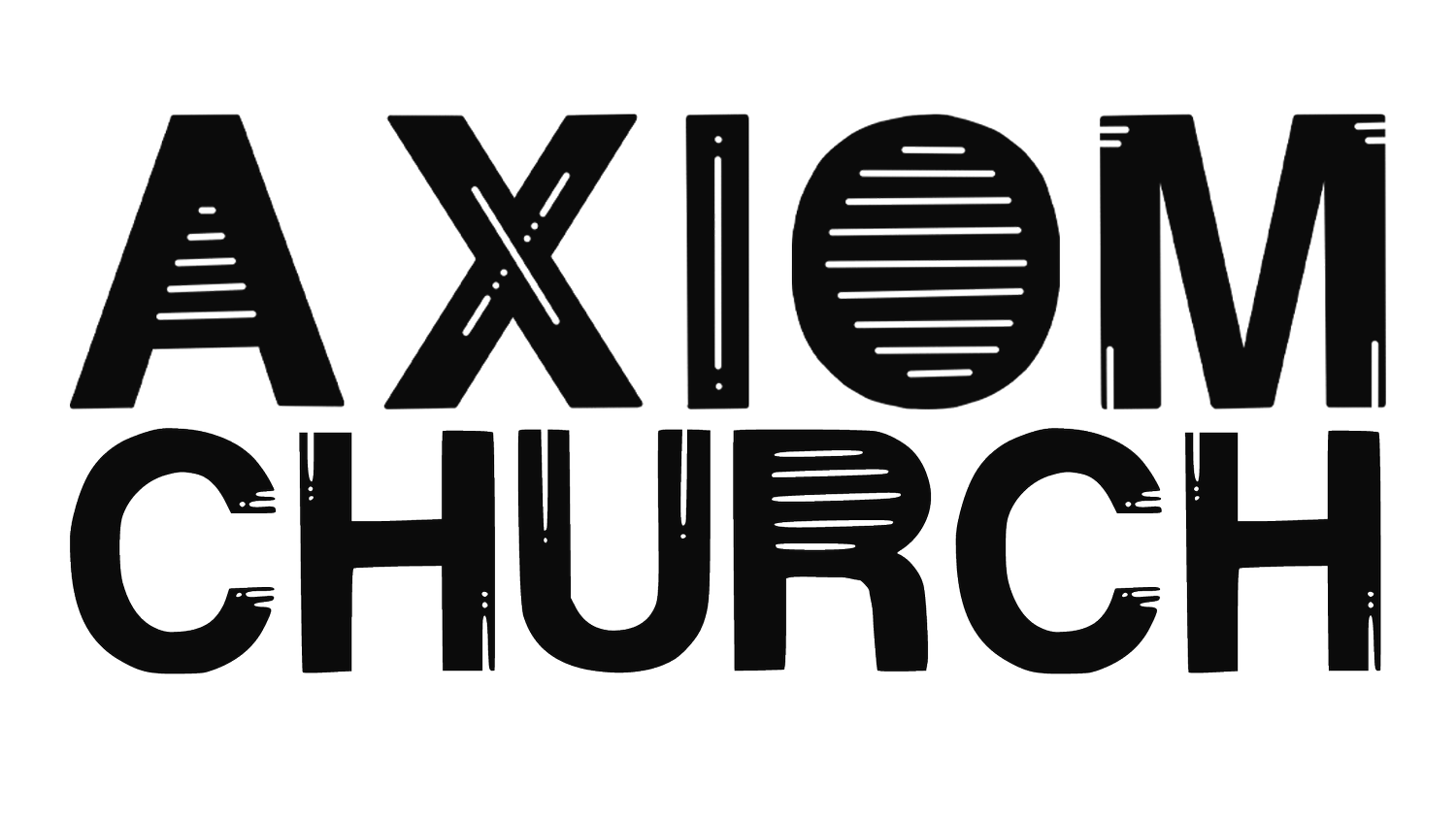by Gavin Linderman
How do we church planters honor our past while simultaneously blessing our future? This inquiry isn’t just a qualifying exercise. It’s a deeply personal one that shapes the way we approach the church’s mission in a rapidly changing world. The culture that unfolds before us is as ripe as the reformation that preceded us.
This question also carries personal weight for me. Twelve years after planting Axiom Church, I still feel the fruit of our father and mother, Cooper Hills Community Church, and my Mennonite Brethren family. This tension is one for the optimist and the brave.
Recently, I had an experience that underscored the weight of this question. On a flight back to Phoenix from a church planting conference, of all things, I was seated next to five priests in the exit aisle—perhaps a curious twist of divine humor.
These were not ordinary priests but a dedicated group committed to the Latin Vulgate. They dress in traditional robes and conduct masses strictly in Latin, adhering to the “Quo Primum.” This papal bull, decreed by Pope St. Pius V on July 14, 1570, states, “It shall be unlawful henceforth and forever throughout the Christian world to sing or to read Masses according to any formula other than that of this Missal.”
As we conversed, the young priest to my right shared a thought that struck me profoundly: “The Devil sits on the throne at the heart of man’s innovation.” This statement caused me pause, especially after attending a conference that celebrated the “new” and “brightest” ways of church planting amidst the chaos of modern society. It made me ponder the inherent tension and weight we face as we consider how to engage with the future of the church. What role does innovation play in a time that requires such agility?

